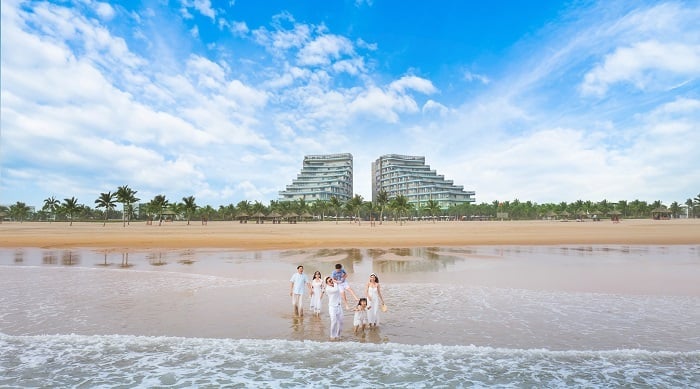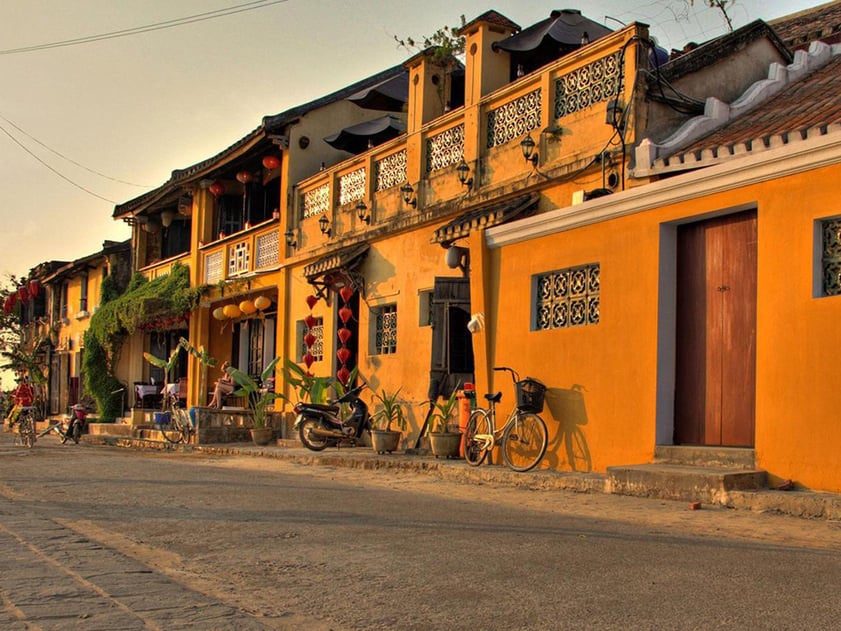
Welcome to an enchanting journey through the captivating world of Vietnam houses, where tradition and architecture intertwine. Join us on this virtual voyage that merges the beauty of Vietnam house with the allure of Vietnam travel, offering a glimpse into the soul of this extraordinary nation.
1. About Vietnam houses: What are houses like in Vietnam?
In the bustling tapestry of Vietnam, houses emerge as vibrant strokes of cultural expression. From rural hamlets to bustling cities, Vietnam houses exude a distinct charm that whispers tales of tradition and architectural ingenuity.
You can discern the specific characteristics of Vietnam houses shaped by the variations in cultural customs, natural elements, and topography, resulting in a distinct architectural identity within the three regions.
- Northern Vietnam houses
Northern Vietnam houses are often constructed using bamboo or timber frames that have been immersed in water for approximately 1 to 2 years to enhance durability and prevent termite damage. Over time, people have favored the use of wood due to its sturdiness and resilience.
The roofs are often sloped, allowing for easy drainage of rainwater and preventing leaks during heavy rainfall. The living spaces are typically small compared to the overall land area because during festivals or gatherings, the locals often organize meals right in their own yards.
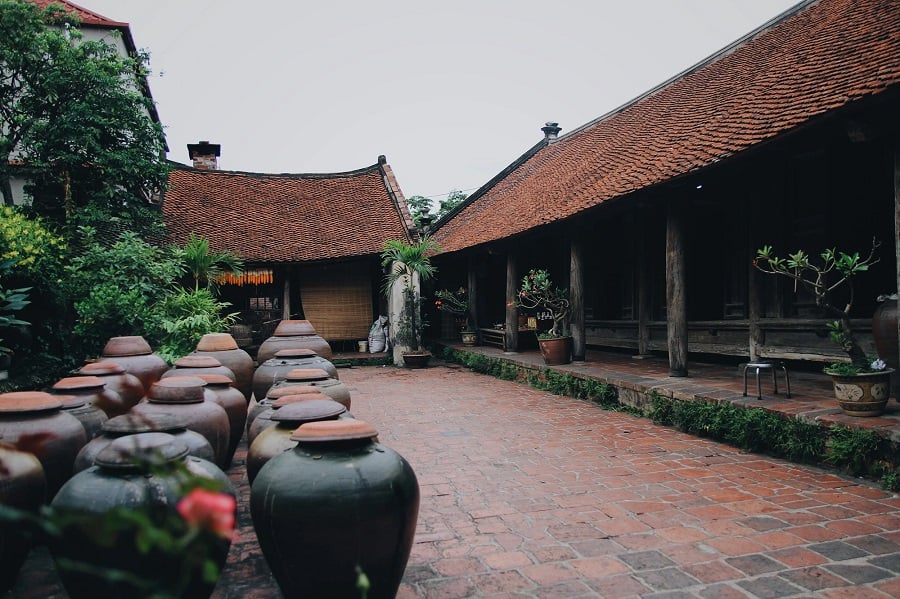
- Central Vietnam houses
Vietnam houses in the Central region have their own unique characteristics. They are designed and constructed in a way that ensures the upper and lower levels are perpendicular to each other, facing the front yard. There are various distinctive traditional Vietnam house styles in this region, such as "nhà kèo" (beam houses) and "nhà nọc nứa" (ridge-roofed houses).
Particularly, "nhà kèo" is one of the most popular and ancient house styles. To construct this type of house, the locals use a large timber pillar as the central column, which is split out at the top.
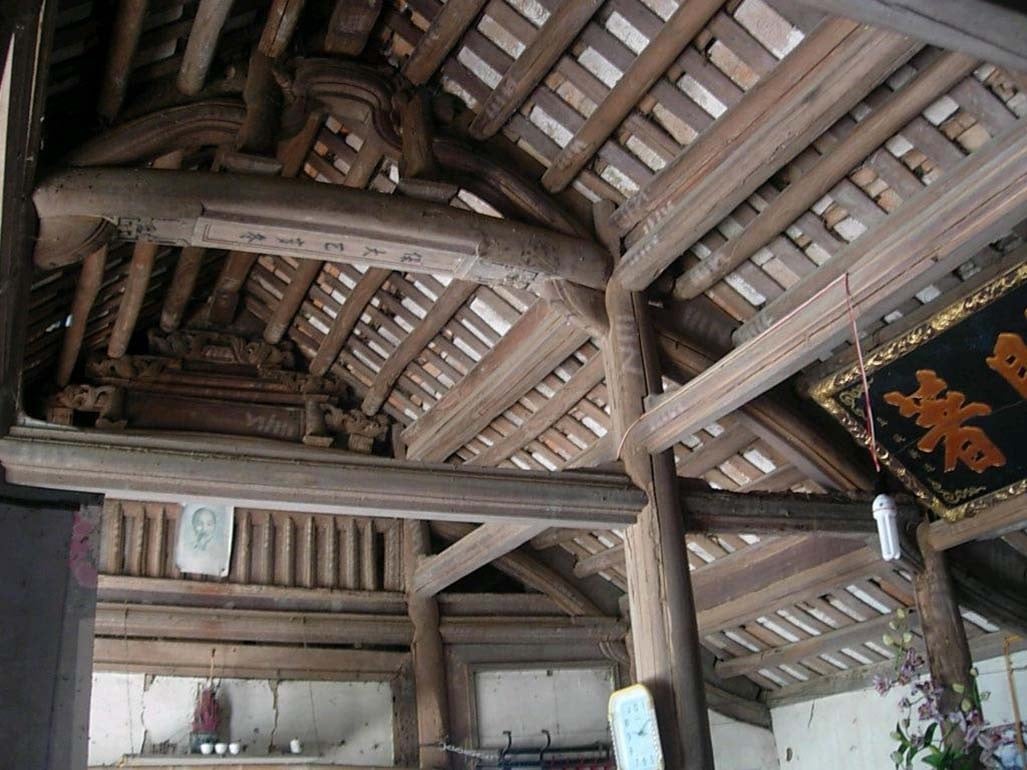
- South Vietnam houses
In the flat riverine plains of the Southern region, you will find that Vietnam houses are primarily constructed using materials such as ironwood or coconut leaves, unlike the bamboo and thatch used in the North. The locals tend to prefer houses with interconnected compartments. The upper part of the house is used for ancestral worship, while the lower part serves daily activities.
If you have an opportunity to visit the provinces in the Mekong Delta, you will come across clusters of houses known as "nhà bè" (river houses) lining the major rivers. These Vietnam houseboats can move along the canals, providing convenience for aquaculture and fishing, as well as protecting the inhabitants from prolonged flooding during the high-water season.

>>> Read more: Vietnam architecture: From traditional treasures to contemporary marvels
2. Top 5 most unique traditional Vietnam houses
2.1. Communal houses
The communal house holds a significant place in Vietnamese culture. These houses serve as communal gathering spaces for important events, meetings, and traditional ceremonies. Often located at the heart of a village or town such as Duong Lam Ancient Village, communal houses feature distinctive architectural designs, characterized by their spacious open-air structures, soaring roofs, and intricately carved wooden pillars. Inside, you can find ancestral altars, community artifacts, and historical relics, symbolizing the connection between the locals and their ancestors.
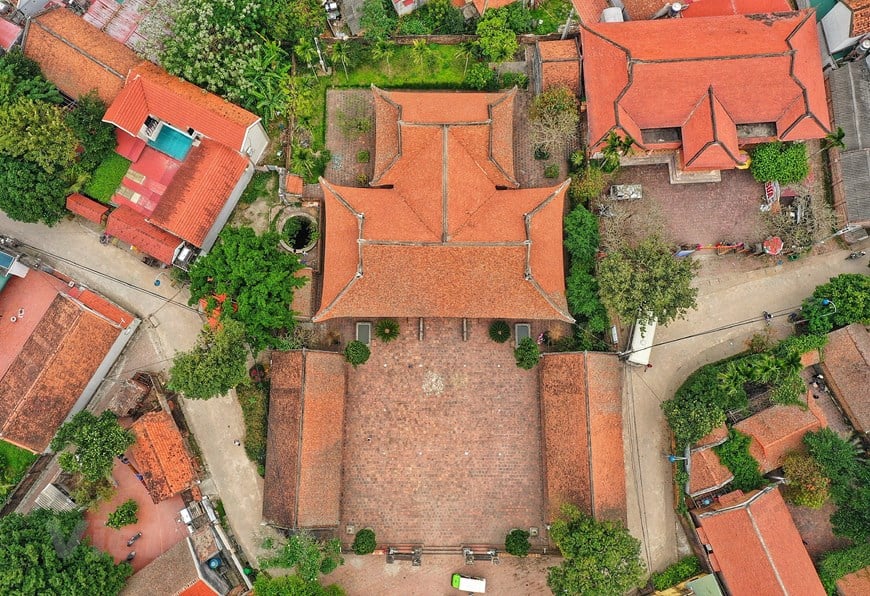
2.2. Stilt houses
Stilt houses, a prominent architectural feature in various regions of Vietnam, evoke a sense of charm and practicality. Raised on sturdy wooden pillars, these unique structures are designed to adapt to the country's diverse landscapes, particularly in floodplains. Stilt houses offer protection from rising waters while also providing comfortable living spaces. The elevated position allows for natural ventilation, keeping the interiors cool during the scorching summers.
With their spacious layouts, stilt houses often accommodate multiple generations, fostering a strong sense of familial unity. These houses are not only functional but also reflect the cultural identity of the communities they belong to, showcasing intricate craftsmanship in their construction, vibrant exterior colors, and ornate decorations.
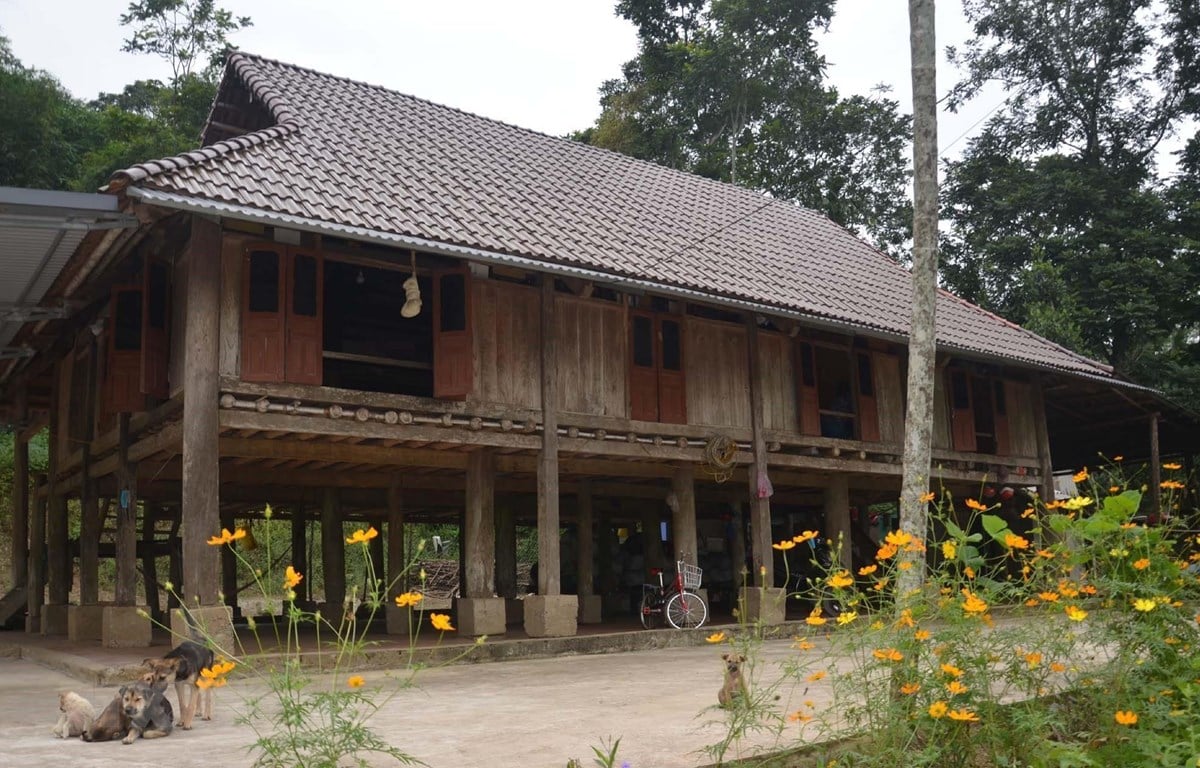
2.3. Earthen-wall houses
The earthen-wall house stands as a testament to the traditional architectural heritage of Vietnam. When visiting Sapa or Ha Giang and exploring the villages of the local ethnic communities, you will come across numerous houses of this type.
Constructed using locally sourced materials such as clay, soil, and straw, these houses showcase the ingenious use of earth as a building material. The thick earthen walls provide natural insulation, keeping the interior cool in the summer and warm in the winter.
The earthen-wall houses often feature low, sloped roofs and compact layouts, reflecting the practicality and resourcefulness of Vietnamese architecture. Beyond their functional attributes, these houses also possess a distinct rustic beauty with their earthy tones.
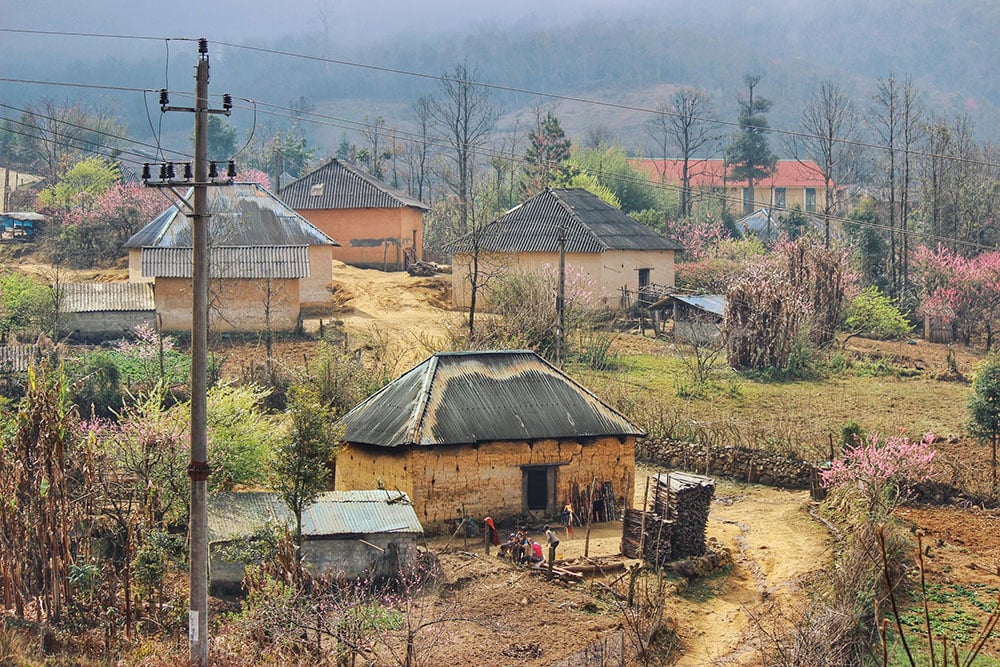
2.4. Houses with bamboo walls and thatched roofs
Houses with bamboo walls and thatched roofs are a charming sight in many rural areas of Vietnam. These traditional Vietnam houses showcase the ingenious use of natural materials and reflect the close connection between Vietnamese people and their environment.
The walls are constructed from sturdy bamboo poles, tightly woven together to create a durable structure. The thatched roofs, made from layers of dried leaves or grass, provide excellent insulation against both heat and rain. The combination of bamboo walls and thatched roofs gives these houses a rustic aesthetic, blending seamlessly with the surrounding nature.

2.5. Ruong Vietnam houses
Ruong houses, a unique architectural style found in Vietnam, showcase the beauty and cultural significance of traditional Vietnam house design.
Originating from the central region of the country, particularly in the ancient imperial capital of Hue, Ruong houses are known for their intricate wooden frames and tiled roofs. The construction involves a meticulous process of joining wooden beams without the use of nails, showcasing the skill and craftsmanship of Vietnamese artisans. The roofs feature layered tiles, creating an elegant and symmetrical appearance.
Ruong houses exude a sense of grandeur and sophistication. Today, these houses serve as captivating cultural landmarks, providing visitors with a glimpse into the rich architectural heritage of Vietnam.

3. Where to go to explore Vietnamese house architecture?
Vietnam offers a plethora of destinations to explore the diverse and captivating architecture of its traditional Vietnam houses.
3.1. Ho Chi Minh's Stilt House
- Address: Ho Chi Minh Mausoleum Complex, Ba Dinh District, Hanoi,
Ho Chi Minh's Stilt House is where President Ho Chi Minh lived and worked from 1958 until his passing in 1969. Built on stilts in a traditional Vietnamese architectural style, the house showcases a simplistic design and is surrounded by a tranquil garden. Visitors can explore the various rooms and modest living quarters of the beloved leader. Ho Chi Minh’s Stilt House offers a glimpse into the personal life of Ho Chi Minh and serves as a testament to his humble lifestyle and dedication to Vietnamese people.

3.2. Ma May Ancient House
- Address: 87 Ma May Street, Hoan Kiem District, Hanoi
Nestled in the heart of Hanoi Old Quarter, Ma May Ancient House is a captivating destination that offers a glimpse into the city's rich cultural heritage. Dating back to the 19th century, this traditional Vietnam house showcases the architectural charm of the era with its distinct combination of Chinese and Vietnamese influences. Visitors can explore the intricately designed wooden interiors, admire the antique furnishings, and learn about the fascinating history of the house and its former residents. Ma May Ancient House is a must-visit in any Hanoi travel.
3.3. Tan Ky Old House
- Address: 101 Nguyen Thai Hoc Street, Hoi An Town, Quang Nam Province
Nestled in Hoi An Ancient Town, Tan Ky Old House stands as a testament to the city's rich cultural heritage. Dating back over two centuries ago, this well-preserved traditional Vietnam house showcases a unique blend of architectural influences from Chinese, Japanese, and Vietnamese cultures. Its intricate wooden carvings, ornate furniture, and captivating design offer visitors a glimpse into the prosperous merchant life of the past.
Exploring Tan Ky Old House allows you to wander through its various chambers, each telling a story of the family's history. The house's strategic location by the Thu Bon River adds to its allure, providing visitors with a serene and picturesque setting.
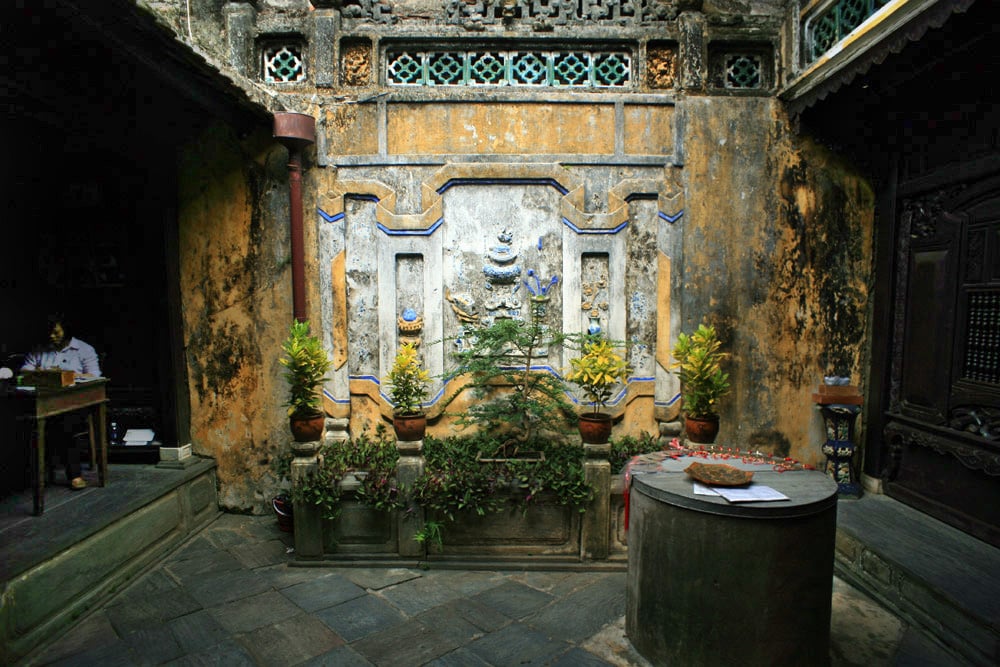
3.4. Binh Thuy Ancient House
- Address: 144 Bui Huu Nghia Street, Binh Thuy Ward, Can Tho City
Located in Can Tho, Binh Thuy Ancient House is a captivating testament to the architectural beauty and cultural heritage of the Mekong Delta region in Vietnam. Built in the early 20th century, this well-preserved Vietnam house showcases a unique blend of French colonial and traditional Vietnamese architectural styles. Its distinctive features include ornate wooden carvings, beautiful mosaic tiles, and a tranquil garden adorned with bonsai trees. The house has also gained recognition for its appearance in the renowned film "The Lover".

Besides Vietnam houses, there are several other destinations in Vietnam, such as Phu Quoc, Nha Trang, Hoi An, Da Nang, Ha Long, etc., where you can learn more about Vietnamese culture. In these destinations, you can consider staying at Vinpearl.
At Vinpearl, you can immerse yourself in a serene ambiance, as you relax by a sparkling infinity pool or unwind in a rejuvenating spa. With a range of elegant accommodations to choose from, including spacious rooms and private villas, Vinpearl’s hotels and resorts will ensure a truly unforgettable stay.

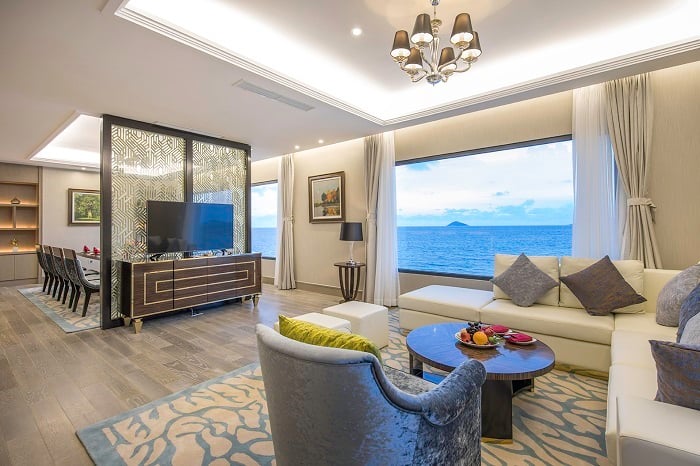
>>> Book rooms in Vinpearl Phu Quoc, Vinpearl Nha Trang, Vinpearl Resort & Golf Nam Hoi An, Vinpearl Resort & Spa Ha Long for the best travel experiences!
Vietnam houses provide a captivating glimpse into the country's rich tradition and architectural diversity. From the stilt houses of the north to the Ruong houses of the central region, and the bamboo-walled houses in the south, each style reflects the unique cultural and environmental factors of its respective region.
These houses serve as living testaments to Vietnam's history, traditions, and the creativity of its people. Exploring the various types of Vietnam houses is a journey through time, allowing us to appreciate the craftsmanship, ingenuity, and adaptability of Vietnamese architecture.
>>> Book rooms in Vinpearl Phu Quoc, Vinpearl Nha Trang, Vinpearl Resort & Golf Nam Hoi An, Vinpearl Resort & Spa Ha Long and get ready to indulge in the pinnacle of lavish lodging!
>>> Book voucher, combo, tour to Phu Quoc, Nha Trang, Hoi An, Da Nang to discover the scenic and diverse landscapes of Vietnam!




